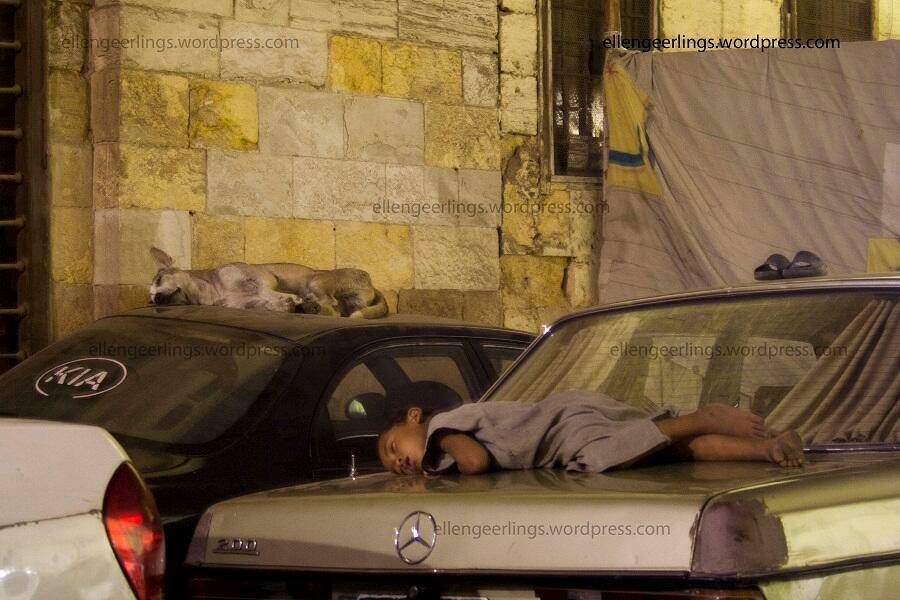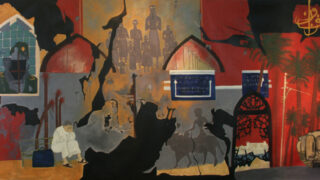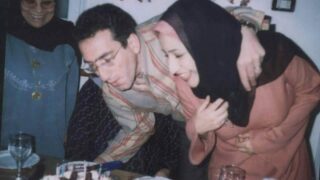Announcements advertising the opening of the Military Technical College to host homeless people have been made during the previous winter. The announcement was later denied, but no one really cared after the winter ended and the sun shone again. Another winter arrives amidst noted –albeit limited – actions by non-governmental organizations working quietly to form what has been recently known as the “forces to fight cold.” The name was “inspired” by the term used by the Egyptian army to describe its anti-riot troops filling Egypt’s streets day and night.
English
One million Egyptian homeless

Articles from Egypt
Repression and Expression: Creativity under the Egyptian Regime
“Smuggling drugs is easier than smuggling a poem or article out of prison.”
Old Habits Die Hard: Egyptian Police and the Enduring Legacy of Extrajudicial Execution
In a fateful moment overseen by family elders and tribal sheikhs, two young men (17 and 18 years old) decided to surrender themselves to Egyptian authorities in a bid to...
Ras El-Hekma: Has Egypt Sold its Land to the UAE?
In 2024, unidentified leaks brought to light Egypt's transaction involving the sale of Ras El-Hekma City to Emirati investors for $22 billion. This development occurred concurrently with the presence of...
From the same author
When the US Invasion of Iraq Stirred Political Waters in Egypt
The United States invasion of Iraq marked a pivotal moment that presented an opportunity for shifting the political scene in Egypt. New generations and opposition groups were coalescing like a...
“She Forges a Path to the Beyond”: A Chronicle of Forced Disappearance
“During that first week, I counted the hours. Then a week or two passed, then a year, two, three years... After that, time lost all meaning. It stood still in...
Cairo’s Manshiyyet Nasser… Where Women Work in a Vicious Cycle of Precarity
Thirty percent of Egyptian families are provided for by women. The percentage rises to forty-five percent in the Manshiyyet Nasser neighborhood, which is classified among the 20 most needy slum...






